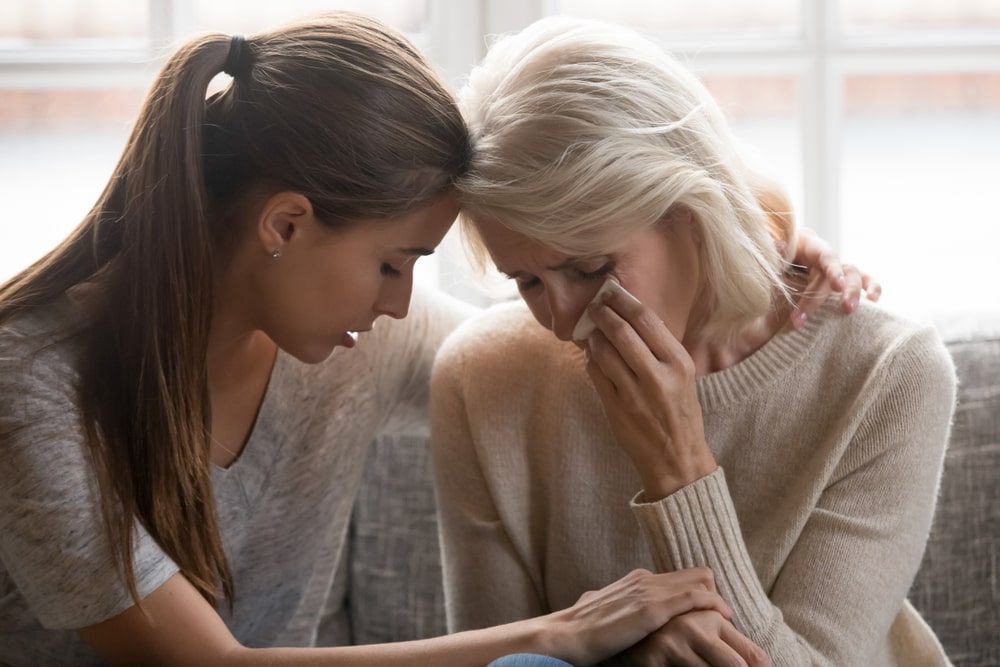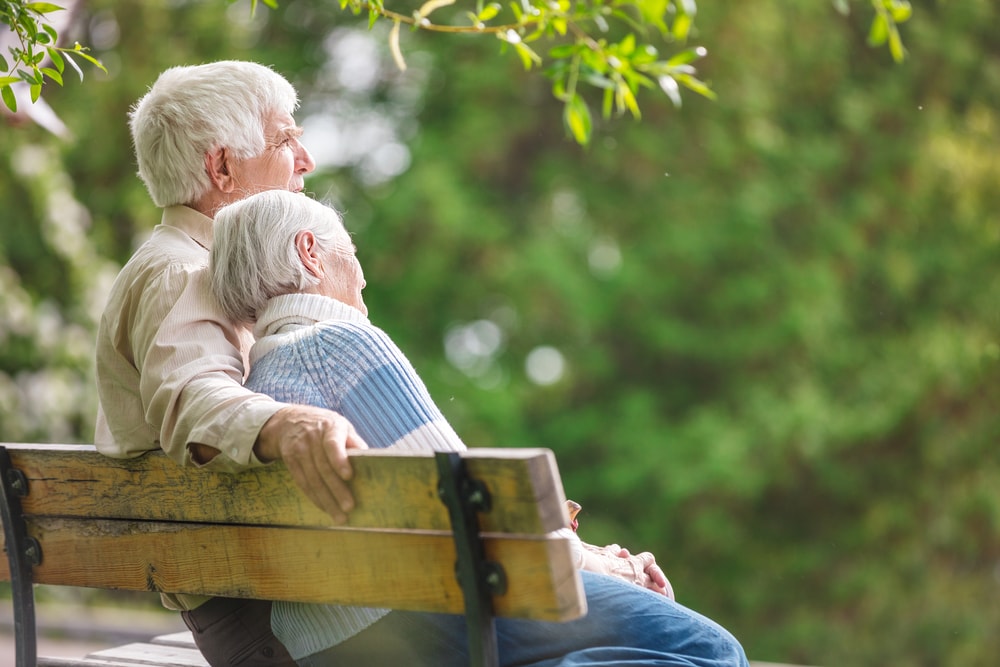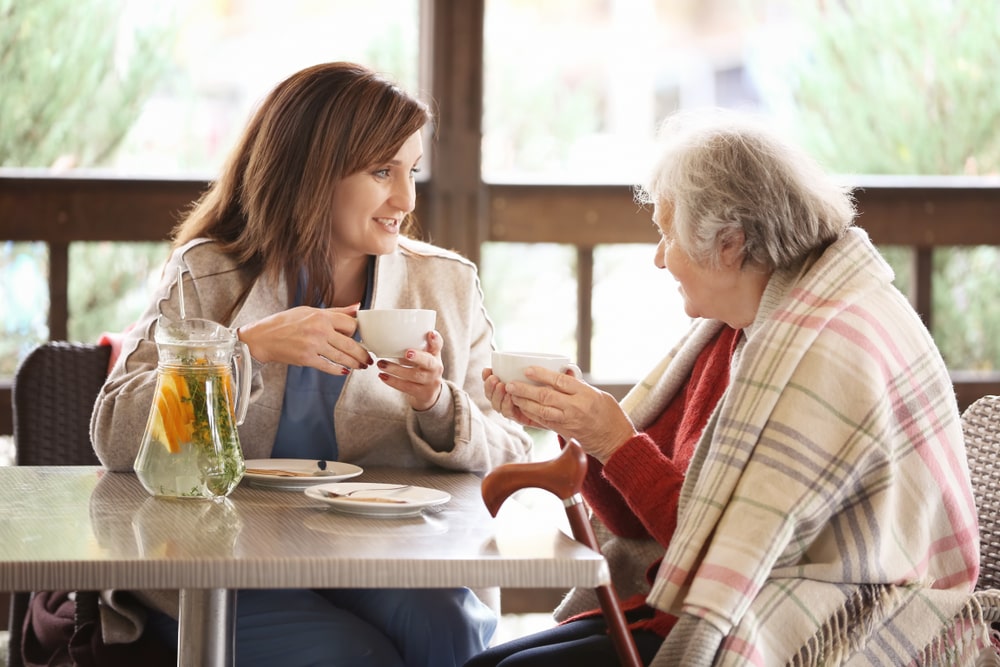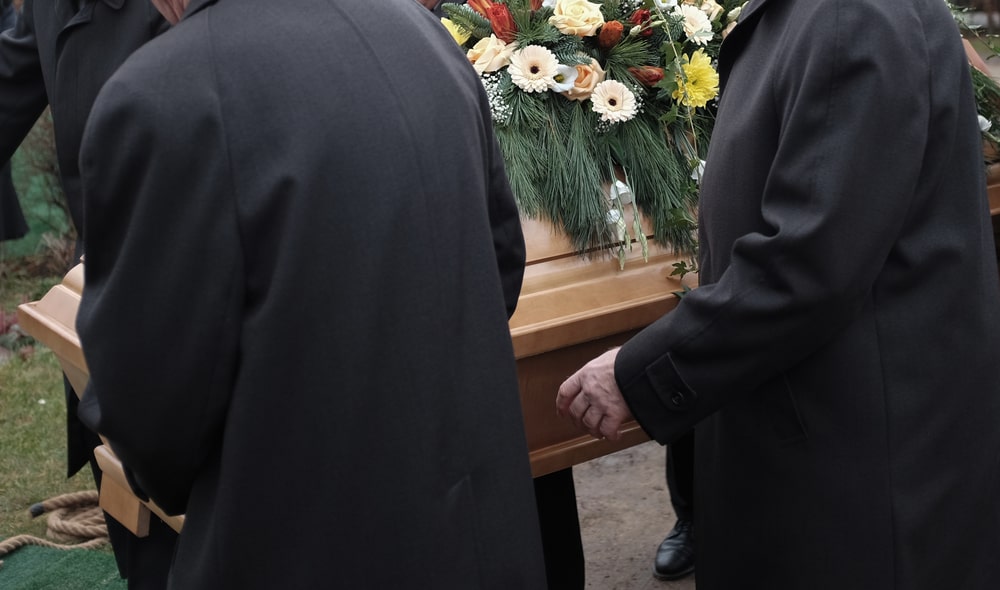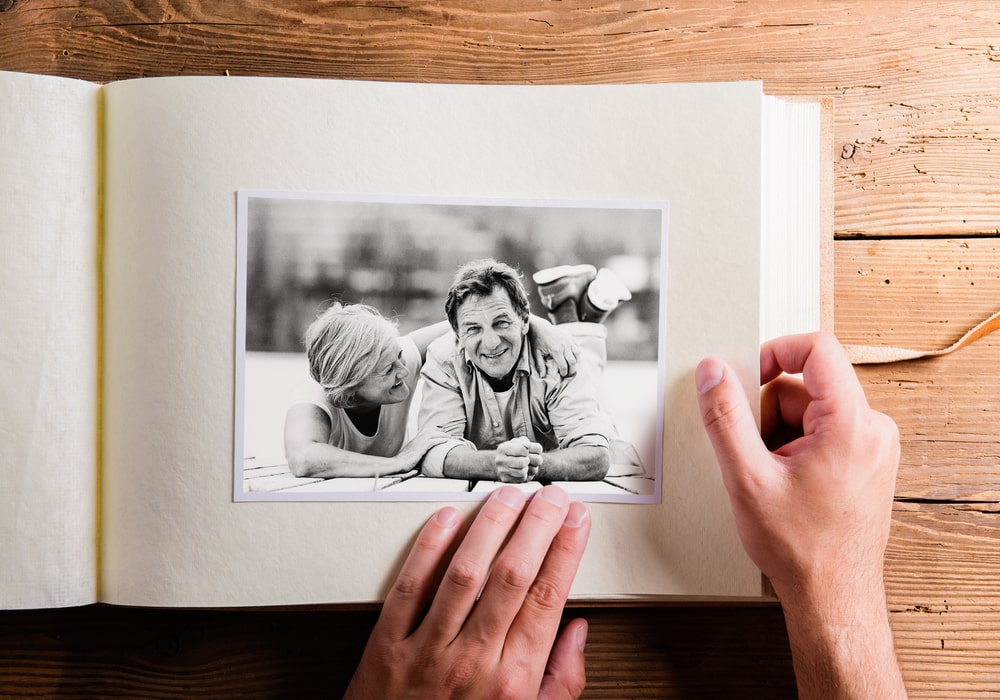
Losing a child, no matter their age, is a heart-wrenching loss. Everything changes. As a father, you may feel like you let your child, your spouse/partner, your entire family down. You may feel like it was part of your role as a father to protect your child, and now you’re questioning everything. You may blame yourself (or someone else) for what happened. In your mind, you may replay the events that led to your child’s death again and again. Some days, you may even feel like you’re going crazy. But you’re not crazy – you’re grieving.
As you grieve and work to come to grips with what has happened and how you can move forward, remember that there’s no timeline for grief. You may be tempted to either give in to grief or to push it away and tamp it down as you seek to “be strong” for your family. Try not to give into either of these extremes. Instead, allow yourself to grieve, and don’t rush the process either. As you walk through your own personal grief journey, as you mourn the loss of a child who carried many hopes and dreams, remember these things:
You have the right to grieve
As tempting as it may be to push down your feelings, let yourself be sad. Grief is directly related to love. Because you’re a father and you love your child, you will grieve the loss. It’s normal and natural. No one else will grieve this loss exactly the way you do or have the same cherished memories. Take the time you need to truly mourn – to let the pain out – so that you can honor your child’s life and keep your memories together close to your heart.
If you find yourself getting stuck in your grief or having trouble functioning from day to day, you may have developed complicated grief. If you are unable to focus on anything except your child’s death, feel numb or that life has no purpose, or have trouble carrying out normal routines like personal hygiene, consider talking with a professional to help you sort through your emotions so that you can begin to heal.
You have the right to talk about what’s happened
Talking about your grief will help you heal. You may feel the need to sideline your own grief as you help your spouse/partner or other children but try not to minimize your own feelings. Instead, enter into your grief alongside your family – they need to know the death hurts you, too.
For one father, it will be easy to talk, while for another, it will be very difficult. Find people you trust or another father who has experienced a similar loss and talk with them. Share the weight of your grief. You don’t have to walk through this journey alone – you can invite others in.
You have the right to feel the loss in your own unique way
As a father, you’re going to feel a lot of different emotions. Shock, denial, confusion, yearning, guilt, sadness, depression, to name a few. None of these are wrong. They are all normal. In fact, there’s no “right” way to grieve. For every one of us, the experience is different.
Depending on the age of your child, you may be dealing with guilt or blame. You may be angry at yourself for not watching your child more closely, for allowing them to participate in an activity, for not being there. Or similarly, you may blame your spouse/partner for these things. It’s okay to feel this way, but in order to find a way to live again, you will need to process through these emotions.
Dr. Alan Wolfelt, a nationally recognized grief counselor, author, and educator says: “You might have the urge to ‘keep your chin up’ and stay busy and wait to ‘get over’ your grief. Yet, ironically, the only way to help these hard feelings pass is to wade in the muck of them. To get in and get dirty. Grief isn’t clean, tidy, or convenient. Yet feeling it and expressing it is the only way to feel whole, once again.”
So, embrace whatever it is that you feel – don’t push it away. Even though you may want to ignore it or push it away, you must go through the pain in order to move toward healing and reconciliation. And even though you may not believe it right now, you need and deserve healing.
NOTE: If you do feel that your spouse/partner is in some way to blame for the death of your child, don’t keep those feelings bottled up inside. If you can talk it out peaceably together, do that. However, if you need a mediator, find an objective person (like a counselor or therapist) to help you talk things through.
You have the right to feel wiped out, physically and emotionally
Grief is hard work, but the trauma of losing a child is even more so. You may find it hard to sleep, leading you to feel tired or overwhelmed. Some people even experience physical symptoms like headaches, nausea, and weight loss or gain. Please know – this is a natural reaction. Your body is in distress, the same as your mind and heart. Respect what your body and mind are telling you. Get daily rest. Eat balanced meals. Be kind to yourself as you grieve the loss of your child.
You have the right to grieve differently than your spouse/partner
Because we’re all different, no two people will grieve in the exact same way. While your grief may look different than your spouse/partner’s grief, it doesn’t mean you aren’t both grieving. Give each other space and grace to grieve differently. And move toward each other, rather than away, as you process this profound loss in your lives.
Stereotypically, men are thought to be less emotional, and therefore, not as deeply affected by loss. This couldn’t be further from the truth. Our society puts certain unfair expectations on men (i.e. men who cry are weak, etc.), but don’t fall into these lies with your spouse/partner. As a father, it’s so important to model healthy grieving and let your family see that you are also deeply affected by the loss. Being open and vulnerable allows you to all grieve together.
You have the right to experience “grief bursts”
At times, the feelings of grief are going to appear suddenly and overwhelmingly. This is called a “grief burst.” It could be triggered by many things. You breathe in your child’s smell. Find a photo from a favorite day. Realize that your child will never graduate, marry, have grandchildren, etc. You face a special day, like a birthday, graduation day, or the holiday season.
The powerful surge of emotion can be scary, but it’s normal and natural. When these bursts happen, honor and acknowledge them; don’t suppress them. Find someone who understands and will let you talk out what you’re feeling.
You have the right to participate in healing actions
Sometimes, in order to heal, you will need to do more than talk – you need to act. At the funeral or memorial service, share your cherished memories. Mark your child’s birthday in some way. Talk about your deceased child with your spouse/partner and other children. Discuss as a family what you can do to honor your child’s memory. Write to your child on their birthday or on special occasions to share how much you miss them.

These are all acts of mourning – the outward expression of your internal grief. As hard as it is to believe, as you do the work of grief and participate in healing actions, you will find a way to move forward. You will never forget your child – nor should you – but you can find the path toward a good life for yourself, your spouse, and your living children.
You have the right to embrace your spirituality
Right now, your faith is either sustaining you, or it’s feeling shaky. Whatever you’re feeling, it’s okay. If you are a person of faith, find ways to express it that seem appropriate to you. Allow yourself to be around people who understand and support your religious beliefs. Find someone to talk with who won’t be critical of your feelings. Pray. Meditate. Journal. Share what you’re feeling with God; he’s big enough and loving enough to accept and understand whatever you’re feeling, even if it’s anger toward him.
You have the right to treasure your memories
Do you remember the moment you found out you were going to be a father? The first time you held your son or daughter? As a father, you have some very special and unique memories that no one else has. Every child needs a father’s love, so your memories are precious, unique, and worth treasuring.
You could collect keepsakes – photos, favorite toys or clothing items, something special between you and your child, etc. Write your thoughts and feelings down. Have a piece of jewelry made to wear in remembrance. Start a tradition that brings you comfort. Talk about your child openly, not only to express your own feelings in a healthy way but to allow your spouse/partner and children the same opportunity.
You have the right to move toward your grief and heal
While you may be dealing with guilt, shame, blame, or regret right now, remember that you do have the right to grieve and to heal. Dr. Wolfelt tells us that we never get over a death; instead, we learn to reconcile ourselves to the loss. He states, “Your feelings of loss will not completely disappear, yet they will soften, and the intense pangs of grief will become less frequent. Hope for a continued life will emerge as you are able to make commitments to the future…. The unfolding of this journey is not intended to create a return to an ‘old normal’ but the discovery of a ‘new normal.’”

The journey ahead is not going to be easy. The loss you’ve suffered is significant and heartbreaking. As you grapple with the loss, grieve in whatever way you need so that you and your family can find healing, peace, and reconciliation.
*Adapted from Dr. Alan Wolfelt’s The Mourner’s Bill of Rights.













